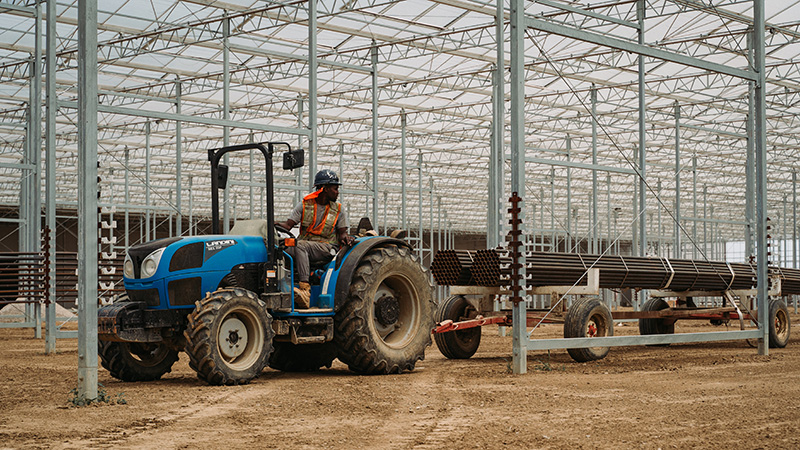Agriculture And Medical Marijuana In Maryland: An Industry Perspective
 For the first time in a long time, I’m not representing Bell Nursery as I share this.
For the first time in a long time, I’m not representing Bell Nursery as I share this.
While I remain fully involved in Bell, I’ve found myself pulled into the dialogue that our legislature in Maryland has been having on medical marijuana.
Growing up in an ag family, and participating over many years in various industry organizations, I knew it would be worth learning more about the future of this product and its use as there was rare cross-aisle support for its development here. I knew that agriculture collectively remains Maryland’s largest employer, and farm diversification is something that I’ve felt strongly about since watching tobacco growers of many generations be legislated out of existence a decade ago. These families had tilled the land in some cases since the late 1600s. Unfortunately they had not diversified their income prior to their only cash crop being essentially outlawed.
Following a review of the draft legislation, it was apparent that the evolution of much of the marijuana growing industry was getting ready to be the only type of growing considered by Maryland in its quest for Medical Marijuana production — that is, artificially lit, heated and cooled warehouses.
As it stands now, production of medical marijuana is being discussed only for warehouse or indoor-style production, NOT traditional agriculture or greenhouses. That’s a real problem for future agricultural diversity.
Greenhouses Are Ideal For Medical Marijuana Production
Knowing a number of people who have epilepsy, and hearing about the benefits of medical marijuana with cancer patients, arthritis and other common health problems, really got me and my former partner Mike (McCarthy) interested in the subject.
Once we determined that it would be crucial to move quickly to try and affect change in the committees creating the legislation, we knew we had to make concise points related to things that typically matter to the legislators. We were able to get the attention of key delegates and state senators who have rural districts where agriculturists are the majority of their constituents. We explained that greenhouses in particular are already well-suited to this type of production and are more energy efficient than growing indoors under lights, and that the farm community already understands plant physiology. We talked about agricultural environmental stewardship, as well as our collective ability to build secure structures relatively quickly. As greenhouse operations are considered a farm in Maryland, permitting is less cumbersome.
In the past few days, the Legislature has gone from proposing just 10 producers to the current Senate version calling for 94 (two per legislative district). We expect this count, which also ties to dispensers, will be dramatically reduced. A vote on the medical marijuana law is expected prior to this year’s session adjournment.
We believe that whatever your personal views on the topic, it would be difficult to watch a new growing industry literally pop up in more urban areas, as farm families need continued diversification opportunities to remain fiscally healthy. Hopefully, some of what we have been pursuing will make it into the Bill language and agriculture will have a seat at the table as the regulations are further refined.
For clarity, as I’ve received a number of calls since participating in some televised news spots, this is not anything that Bell Nursery is pursuing. But this is something we expect can be positive for our collective industry.
Legislative Update – 5/9/14
Since this writing, the Maryland legislature has adjourned and passed the medical marijuana legislation. As a result of the efforts, added to the legislation in conference committee was text that favors production in agricultural zoned land, and there were two seats added to the permanent Marijuanna Commission specifically nominated by the Secretary of Agriculture. The number of authorized growers and dispensers has been settled at 15. It is unknown what demand might be but it is now well understood that agricultural producers now have the opportunity to compete for the business.









